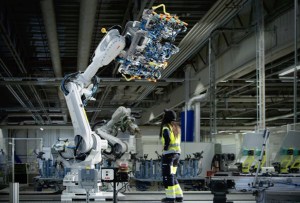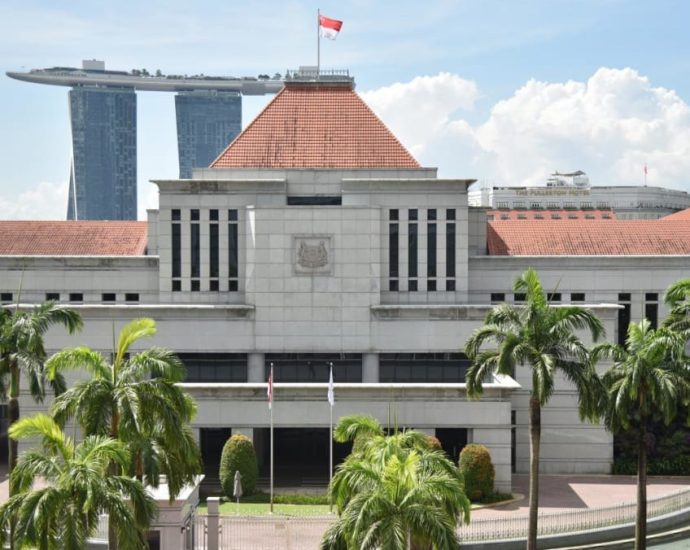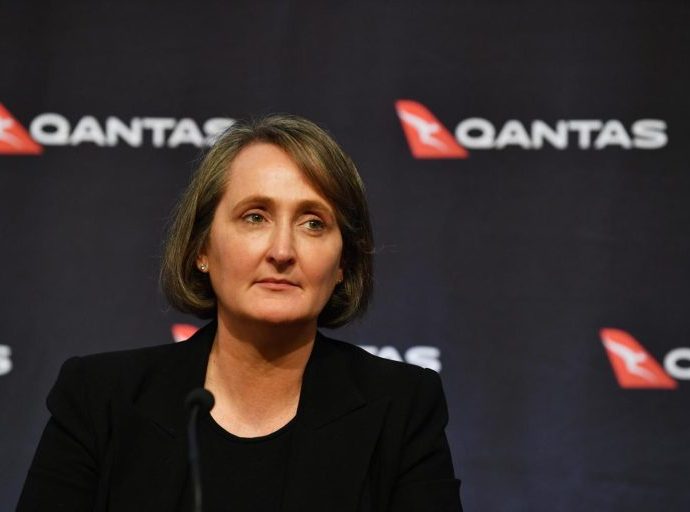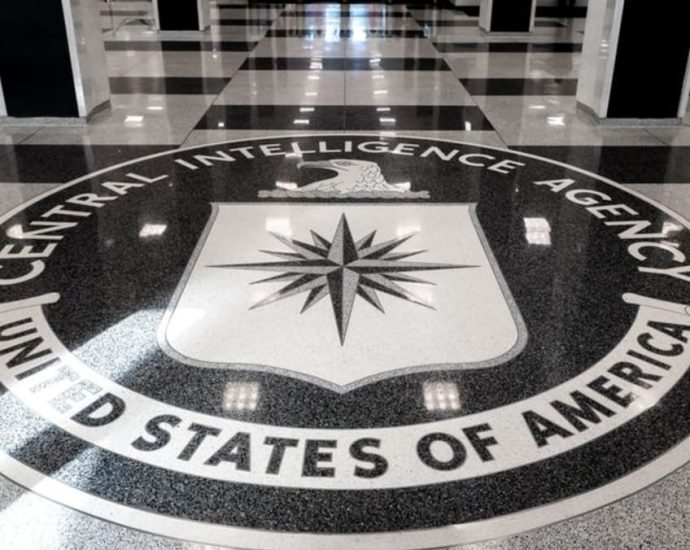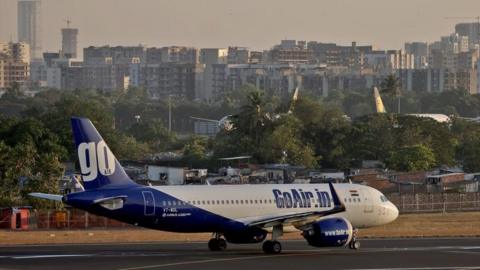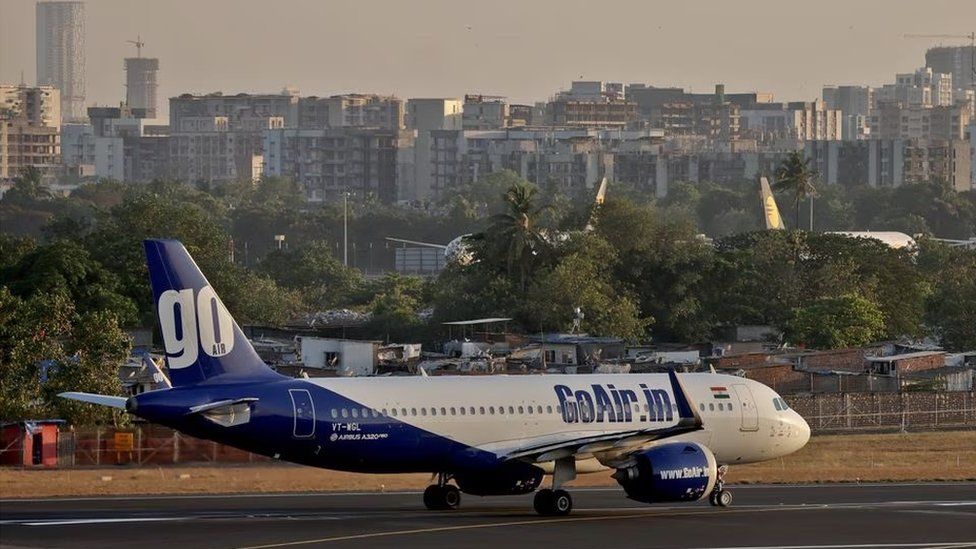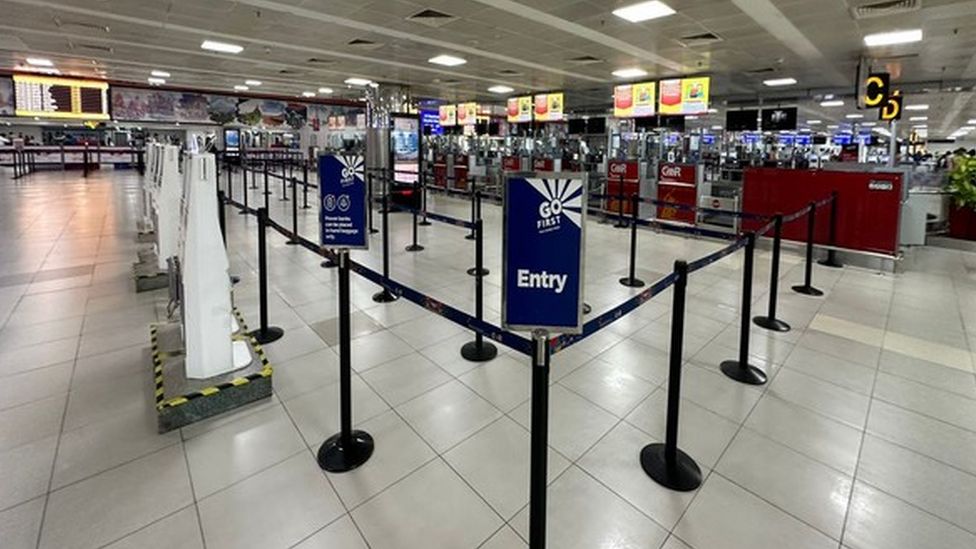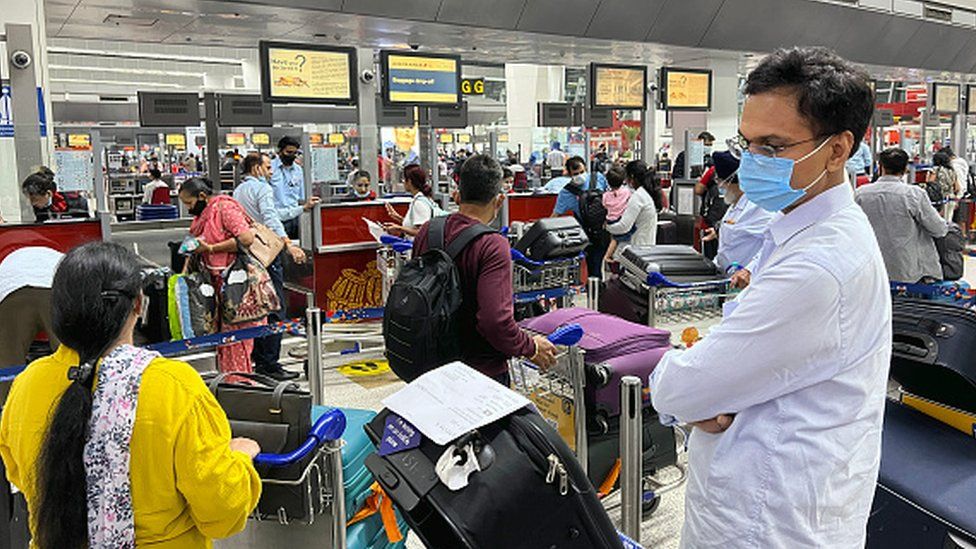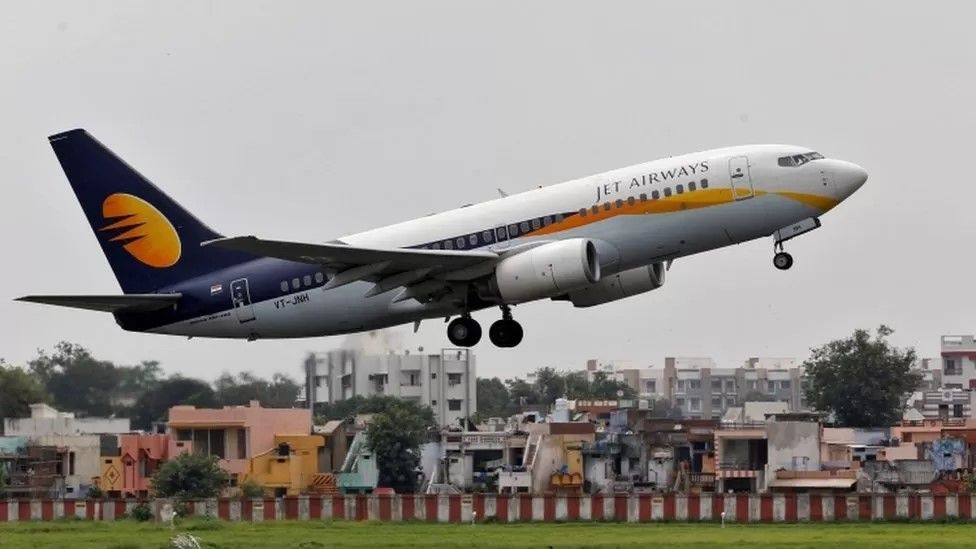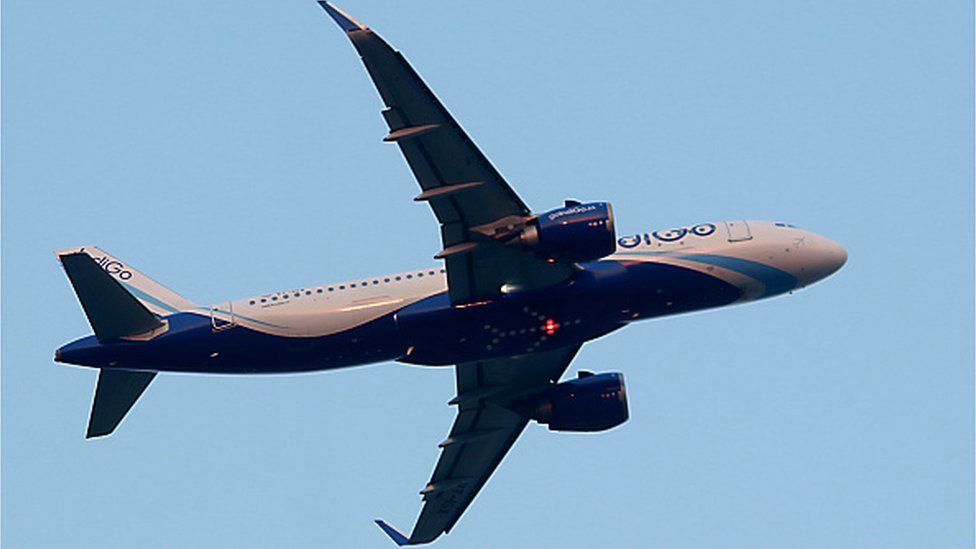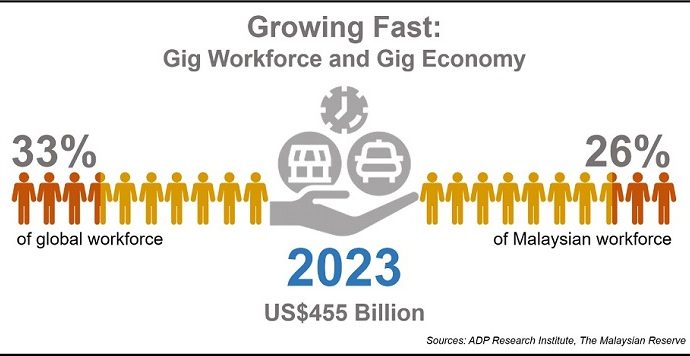The climate emergency and urgency of system change

The most recent report of the Intergovernmental Panel on Climate Change (IPCC) released in March warns that global warming is “more likely than not” on course to surpass the 1.5-degrees-Celsius limit by 2040, and raises the alarm that:.
- “There is a rapidly closing window of opportunity to secure a livable and sustainable future for all.”
- “Without a strengthening of policies, global warming of 3.2 degrees Celsius is projected by 2100.”
- “Every region in the world is projected to face further increases in climate hazards.”
- “Public and private finance flows for fossil fuels are still greater than those for climate adaptation and mitigation.”
Instead of broadly speaking of a collective and global “we” in the context of climate action, it is necessary to explore the different responsibilities and burdens borne by diverse communities for the climate and related crises.
According to the 2020 Oxfam report Confronting Carbon Inequality, during the critical 25-year period between 1990 and 2015, the richest 1% of the world’s population were responsible for more than twice as much carbon pollution as the 3.1 billion who represented the poorest half of humanity.
Climate Collateral, a November 2022 report from the Transnational Institute, shows that “the richest countries most responsible for the climate crisis are spending more on the military than on climate finance.”
Fossil fuel economy
Five of the top six companies in the Fortune Global 500 including BP (British Petroleum), ExxonMobil, Shell, Sinopec and China National Petroleum are in the petroleum refining industry.
As a July 2015 report by the Union of Concerned Scientists pointed out, “more than half of all industrial carbon emissions have been released into the atmosphere since 1988, after major fossil-fuel companies indisputably knew about the harm their products were causing to the climate.
“Unethical corporate funding, lobbying and the silence of the mainstream media have enabled polluting companies to project an environmentally friendly public image while simultaneously derailing legislation for emissions reduction.”
In Green Inc, investigative journalist Christine McDonald has shown that major conservation groups in the United States such as The Nature Conservancy, the Conservation Fund, Conservation International, the Environmental Defense Fund, and the Natural Resources Defense Council receive financial contributions from fossil fuel companies.
According to secret documents revealed by the Paradise Papers leaks, some environmental groups also directly invest in oil drilling.
The short-term costs of ending dependence on fossil fuels are significantly less compared with the staggering long-term environmental and social costs of accelerating climate change. However, the current international policy framework and neoliberal strategies are far from adequate to address the urgency of the climate crisis.
Status quo ‘solutions’
The 2015 Paris Climate Treaty provides no detailed timetables or country-specific goals for reducing emissions. There is neither a legal mechanism to force, a country to set a target by a specific date nor enforcement measures if a set target is not met.
The Paris Agreement does not mention fossil fuels, let alone the need to leave 80% of what remains in the ground, as many experts believe is necessary for climate mitigation. It also does not address the need to cut government fossil-fuel subsidies, military expenditures, air travel, shipping, etc as keys to global decarbonization.
The Paris Climate Conference was sponsored by fossil-fuel companies and the discussions were dominated by market-based solutions. As The Washington Post owned by Amazon owner Jeff Bezos puts it, “For better or worse, billionaires now drive climate policy.”
The United Nations Framework Convention on Climate Change strongly supports carbon trading. Since the agreement, seeing a huge new market and business opportunity, international financial interests have geared up to expand carbon trading.
Climate justice activists, however, are deeply concerned that carbon trading will lead to increasing “financialization of nature,” “the quantification and commodification of everything that can be seen as a carbon sink, especially forests but also agricultural land and even the ocean’s capacity to sequester carbon dioxide for photosynthesis via algae.”
Activists argue that the market-based cap and trade system designed to reduce carbon emissions has enabled major polluters to continue polluting while putting the onus of maintaining carbon sinks on the poorer countries and inhibiting their economic development.
Emissions trading takes attention away from the search for less complicated strategies, such as a carbon tax on polluters, as well as fundamental changes in economic production and energy use.
Since the Paris Agreement, the World Bank Group has invested more than US$12 billion in fossil fuels, of which $10.5 billion was “new direct fossil-fuel project finance.” According to a report by the International Energy Agency, governments spent more than €900 billion ($993 billion) on fossil-fuel subsidies in 2022, more than double what they spent in 2021.
The limits and failures of the dominant neoliberal approach demand that we critically reassess the global economic system and its underlying assumptions, values and (lack of) consciousness as the root of the climate crisis.
Global economic system
Trade liberalization in the last few decades has led to a consolidation of corporate control in every sector of the global economy, deepening economic inequality. In 2019, the world’s richest 26 individuals owned the same amount of wealth as half the world’s population.
The visions of market and technological domination over nature fail to recognize that if the climate is not stabilized, we will unleash long-term planetary forces far beyond our capacity to control. As Karl Polyani warned in his book The Great Transformation, “To allow the market mechanism to be the sole director of the fate of human beings and their natural environment … would result in the demolition of society.”
The contemporary climate and political-economic crisis, however, is more than a crisis of capitalism. Technology and the market per se are not the problems. It is the underlying consciousness and the intention that determine their advancement.
The failure and inadequacy of false solutions require that we question the fundamental assumptions of the dominant market and technological paradigm and shift toward an ecological partnership paradigm that can provide genuine solutions to the climate and related crises.
Transformation of consciousness
The roots of the climate crisis lie in the mistaken dualism between self and other, stemming from ignorance of the interdependence of all mental and physical phenomena. Today, “ego consciousness” and its ethics of individualism, domination, and competition are the driving forces at the personal, social and national levels as well as how humans relate toward other living beings.
This myopic consciousness has led and continues to lead to massive destruction of the environment and human society, widening economic disparities and social conflicts.
The alternative to ego consciousness, rooted in the psychology of fear and “self vs other,” is a universal ecological consciousness grounded in the truth of unity within diversity. This higher consciousness sees the other as an extension of the self and the well-being of the self and the other as inherently interdependent. It contributes to an ethic of partnership.
The transformation required in the world now is not simply an intellectual one; it is primarily a change in consciousness. Taught to live within an individualistic, exploitative, competitive and mechanistic economic system lacking compassion, many people are cynical about non-violent and collaborative processes.
Nevertheless, the climate emergency is a call to transcend the corporate-government “greenwashing” and shift toward a genuine change of the global capitalist economic system.
‘Ecological’ and compassionate economics
Economists E F Schumacher and Herman E Daly envisaged the needed transition as “Buddhist economics” and “ecological economics” respectively, while others have termed it “compassionate economics. As Schumacher has explained, it is necessary to distinguish between human needs and wants and to understand that we have the power to transform our individual and collective consciousness.
This has great relevance for the conscious inclusion of ethical, social and ecological criteria in economic decision-making. These principles would, for example, incorporate non-violence and respect for all life including biodiversity; generosity and honesty in speech and action, including corporate transparency and accountability.
As well as shifting to renewable energy, we need to shift away from the consumption of unsustainably produced commodities and to increase the democratization of control over global resources and economic decision-making. To eradicate poverty and hunger among marginalized groups, overconsumption by the wealthy and underconsumption among the poorer groups must be reduced and a fairer distribution of wealth and income put in place.
Social movements
Despite the climate emergency and related environmental and social collapse, the “top” 1% business-government media elite that rule the world are resistant to change. Strategies are used to divide and pit people against each other along ethno-religious, gender-sexuality and other “identity” lines deflecting attention away from class-based domination that is mostly responsible for climate and related crises.
Social change does not come by change in consciousness or individual mindfulness practice alone, but through increased citizen participation.
In the face of dramatically accelerating global warming, the failure of the Paris Agreement to address divesting from fossil fuel and the support of governments and multilateral organizations for new fossil-fuel projects, simultaneous action for climate protection and social justice – that is, climate justice – is intensifying around the world.
The goals of environmental sustainability and social justice can be achieved if we come together to “Change the System, not the Climate.”
As the Declaration on Climate Change, The Time to Act Is Now, states:
“If political leaders are unable to recognize the urgency of our global crisis, or unwilling to put the long-term good of humankind above the short-term benefit of fossil-fuel corporations, we … need to challenge them with sustained campaigns of citizen action.”


